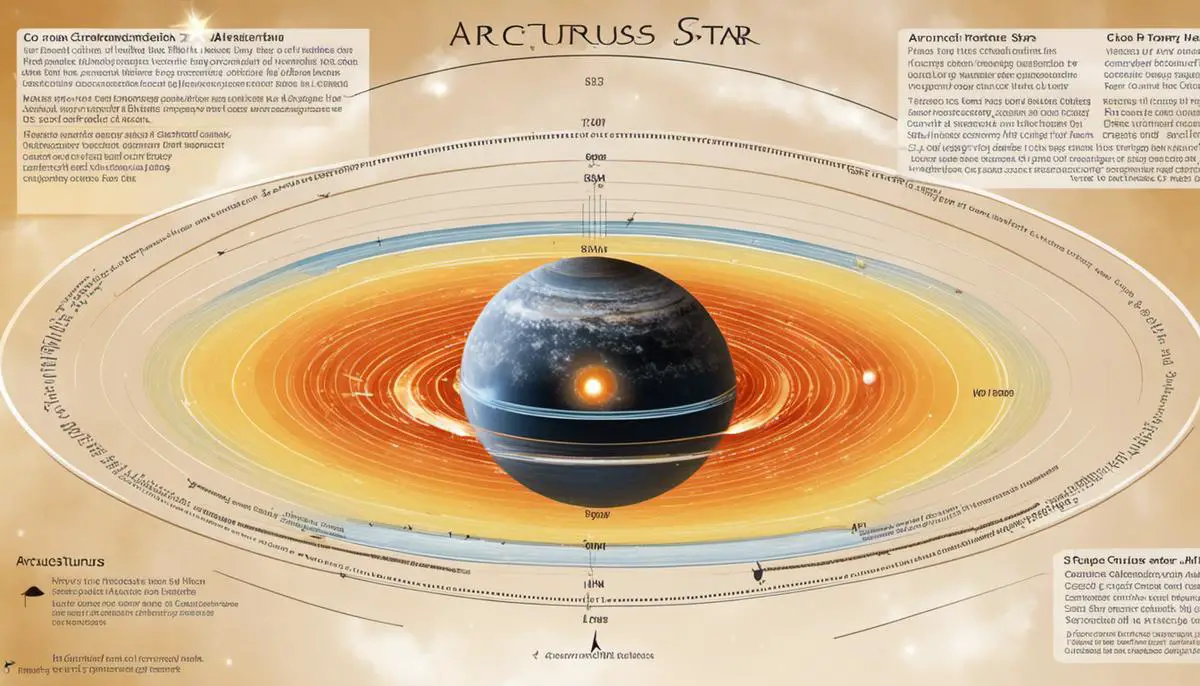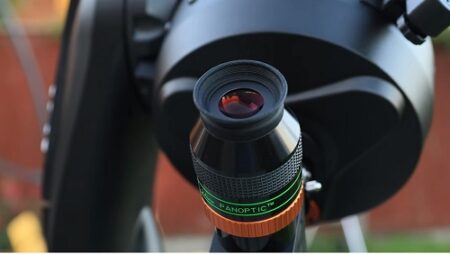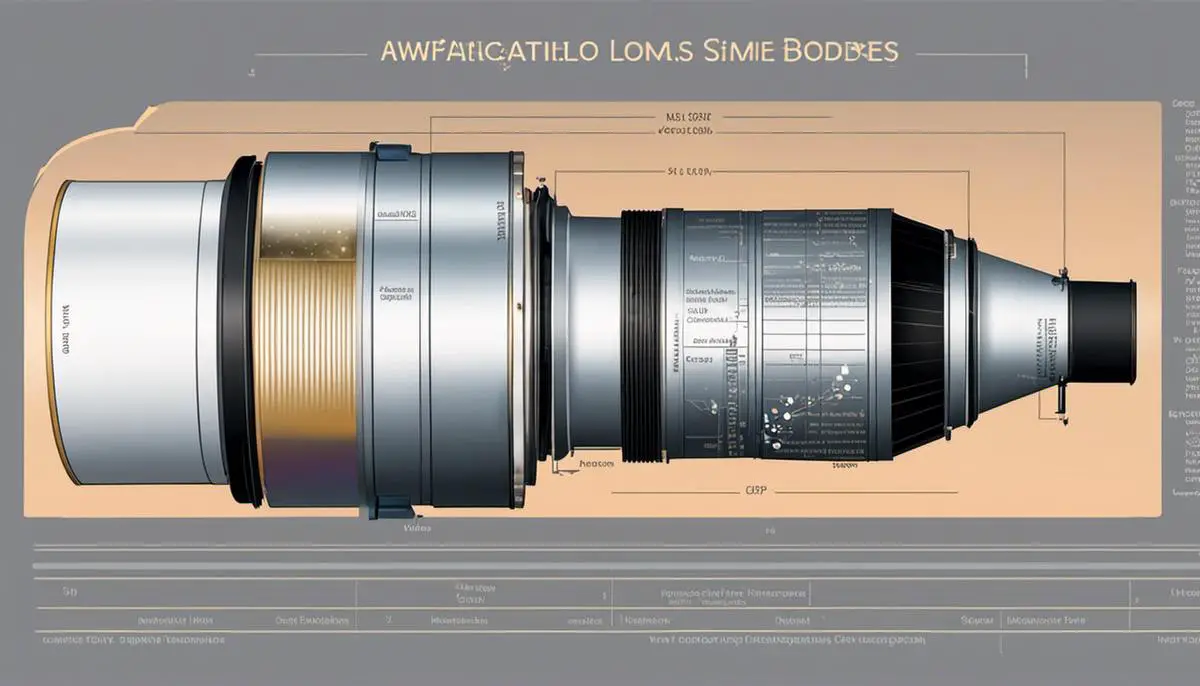There’s a certain allure to the brilliance of the night sky, with stars that ignite curiosity within us, beckoning our glance upwards. Among them is Arcturus, an intriguing celestial body that has captured widespread interest over the cours of human history. This essay delves into an enlightening exploration of Arcturus; its unique characteristics, its place of prominence in our night sky, and the methods used to determine its distance from our home planet, Earth.
Understanding Arcturus
Arcturus: A Bright Beacon in the Night Sky
Arcturus is the brightest star in the constellation of Boötes, the Herdsman, and the fourth-brightest star in the night sky. It is an orange giant star, which means it has exhausted the hydrogen fuel in its core and expanded in size, giving off a reddish light that is characteristic of this type of star. With an apparent magnitude of -0.04, it is easily visible to the naked eye from Earth even in light-polluted areas.
How Far Is Arcturus from Earth?
When it comes to distances in the universe, Arcturus is remarkably close to Earth. This bright star is around 36.7 light years away. What does that mean? A light year— the distance that light can travel in one year at a speed of 299,792 kilometers per second— lets us see Arcturus as it was 36.7 years ago. That’s the time it took for the light from the star to reach us. This combination of relatively close distance and its inherent brightness makes Arcturus one of the most visible stars in our night sky.

Measuring Distance in Space
Measuring Space: Astronomical Units, Light Years and Parsecs
To make sense of the mind-boggling distances in the universe, astronomers use special units of measurement. These include Astronomical Units (AU), Light Years (LY), and Parsecs (Pc). An AU represents the average distance between the Earth and the Sun—about 93 million miles or 150 million kilometers. It’s used to measure distances within our solar system. For interstellar distances, the unit of choice is the light-year. This is the distance light can travel in one year, and it works out to around 5.88 trillion miles or 9.46 trillion kilometers. The units give astronomers a consistent way to express and compare the vast distances between galaxies, stars, and planets.
Understanding Arcturus’ Cosmic Distance
The measurement units of Light Years and Parsecs help us comprehend the astronomical distance between Earth and Arcturus, the fourth brightest star in our night sky. Situated outside our solar system, its light takes about 36.7 years to reach us, which is the definition of a light year. Therefore, we can say that Arcturus is roughly 36.7 light years away from Earth. If we convert this into parsecs, another unit to measure large astronomical distances (where 1 parsec is approximately 3.26 light years), Arcturus would be approximately 11.26 parsecs away from Earth. Interestingly, this vast distance is lesser than the 100,000 light-years span of our own Milky Way galaxy.

The Distance of Arcturus from Earth
Arcturus: An Notable Star Within Cosmic Reach
Arcturus holds significant interest for both astronomers and astrologers, being one of the celestial bodies closest to our solar system if considered on a universal distance scale. Its approximate distance, calculated through data from the Hipparcos Satellite, is about 36.7 light years from Earth. To put it into perspective, one light year is the equivalent of the distance light covers in a year, a mind-boggling 5.9 trillion miles. Though it sounds immense in terrestrial terms, it is relatively close when contemplating the immense expanses of the universe.
The Celestial Measurement of Arcturus’ Distance
Scientists employ a method known as parallax to calculate distances to nearby stars. This technique hinges on observing the star from two different points in Earth’s orbit around the sun, and measuring the angle of apparent shift in the star’s position. Trigonometry is then used to compute the distance. For Arcturus, the parallax method leads us to the mentioned figure of approximately 36.7 light years. The relatively short distance from Earth to Arcturus, in turn, allows it to be one of the brightest stars in our night sky and thus a significant point of interest for celestial observers and researchers. Its distinct red-orange hue makes it easily identifiable even to the naked eye when conditions allow, providing astronomers with opportunities to study its characteristics and astrologers with narratives of its potential influence on human lives.

After gearing our astronomical telescope towards the understanding and appreciation of Arcturus and its distance from us, it’s evident that measuring space isn’t merely based on miles or kilometers. It’s about light years, parsecs, and astronomical units. The comprehension of such distances certainly broadens our perspective, giving us a clearer view not only of Arcturus, but the vastness and intricacy of the cosmos that blankets our existence. The journey that spans approximately 36.7 light-years between Arcturus and Earth reaffirms our humble place in the Universe, stirring a sense of awe and wonder that makes our stargazing journey all the more profound.

I’m Ali. BestTelescopeReview.com is my little place on the web to express what I’ve learned first-hand, specially about the telescope part. I am writing these articles to share my love for astronomy with you.












